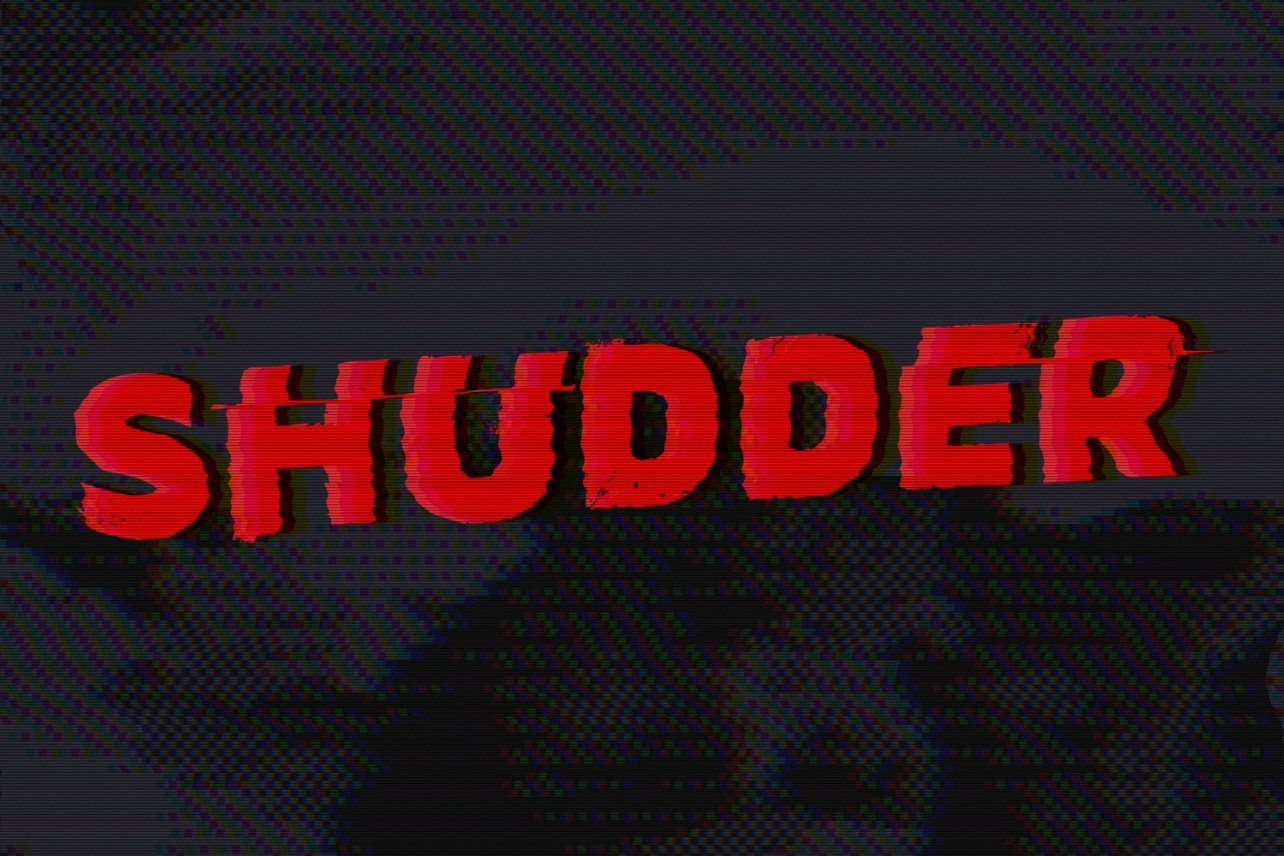Our Heist Guides introduce new fans to something we think is seriously cool. They may even provide some behind-the-scenes knowledge to longtime diehards. It's everything you need to know to plan your own heist.
We reached the "peanut butter shelves" stage of the streaming era ages ago, where for every possible consumer preference, a streamer exists that caters to it. On one hand, the most important spice anyone needs to give life seasoning is variety. On the other, taking a note from Calvin's dad, who demands this much choice? It's nice having options. Then the indecision paralysis kicks in, and you're left frozen staring at your TV like a deer that's about to kiss a Ford F-150's hood.
Having fewer streamer subscriptions is likely better for your mental wellbeing than not; it's definitely better for your wallet. You'll be happier in the long term. Hell, you'll be happier in the short term, too. But ... which ones get the ax? Which ones do you cut? Do you account for the ones that you get the most out of — the ones you either watch the most, or the ones you have the best hit rate with — and hack off the rest? That's a tall order. It's intense. It's nerve wracking. It's even a bit scary.
Streaming economics shouldn't give you the heebie-jeebies or set you quaking under your sheets at night. After all: that's Shudder's job.
What is Shudder?
It's 2025, and by now Shudder's existence isn't some big secret or a signifier of cool kid street cred. About a decade ago, however, Shudder was that humblest rarity, a specialized streamer aimed at a specific niche demographic, namely: horror cinephiles.
Do you like Netflix? Shudder is basically that, but just for horror movies. Going back to the peanut butter analogy: Horror, arguably more so than other genres, is all about variety and choice. The total number of horror's subgenres ranks in about, I'd say, the hoozamajillions. Take the basic foundational modes of, among others, the slasher film, the possession film, and the creature feature, and muck around with their parts, and you wind up in places like Josh Ruben's recent Heart Eyes — a Valentine's Day slasher rom-com.
It's not that you can't find esoteric and categorically fluid horror movies on Netflix, of course. But Shudder is an apartment complex cavernous enough to house all of them, supervised by folks who know the genre like the back of their hands and are tenacious enough to sort all of it out for their users. Put simply, Shudder is the gold standard of horror cinema curation in the streaming age.
Why should I subscribe to Shudder?
Any kind of horror fan wouldn't ask this question — and honestly, if you aren't into skeletons, spirits, and haunts, not to mention copious gore, then you probably shouldn't. That's not a knock on you! Horror isn't for everyone — or, more accurately, it is, but it's not everyone's cuppa. So if horror is the English breakfast tea to your Ted Lasso, you don't have a reason to sign up.
On the other hand, if you observe Halloween starting in January and ending in December, and if you think Art the Clown is a cutie pie when he isn't degloving heads, then: you should sign up for Shudder. Tastes range in horror, and Shudder accommodates all tastes while serving as a pseudo-preservationist archive and additionally as a studio in its own right. It's hard to imagine where contemporary horror would be sans Shudder's presence in the market, but I think it's fair to say that the genre would be in a very different place, and not a better one.
Ah, but I do like horror; I'm just a choosy consumer. Why pick Shudder when other streamers have horror movies, too?
Good questions, truly. If you've only ever casually perused the Horror categories on the big streamers — Netflix, Hulu, Amazon — or if you're not that versed in horror to begin with, the notion of a streamer supporting itself via acquisition and exhibition of horror alone may strike you as a bad idea on paper. What if you're not in the mood for horror? What if you want to watch something lighter, frothier, easier on the psyche as well as the nerves? How does a horror-only streamer meet that need?
The simple solution to this problem is, "turn on a different streamer." If you do like horror, though, then Shudder is a pirate's trove, which, in this context, is like a landfill where intrepid dumpster divers can dig up gold doubloons among McDonald's wrappers and discarded bathroom products. Being a horror fan necessarily means sorting through trash to find treasure. Shudder has it all: enough garbage to send Oscar to cloud nine, and enough good stuff to satisfy connoisseurs. (And, to be clear: "garbage" in horror is frequently considered the "good stuff," too. The genre's taxonomy is admittedly befuddling.)
Dusting ourselves off for a minute, let's go deeper. Shudder has films of every category, sub-category, and sub-sub-category, you can think of, assuming that someone's tried making movies in whatever esoteric designation you have in mind; it also features movies produced in regions abroad or by minority artists, adding to the diverse chorus of aesthetics and sensibilities and intentions that's so central to horror's identity as a genre.
LGBTQ horror, Euro-horror, Indian, Japanese, and Brazilian horror — the list is without end. Whatever your tastes may be, Shudder speaks directly to them while providing ample opportunity to expand on them, too. There is something heartening and uplifting in seeing the most disreputable movie genre give platforms to artists like Alice Maio Mackay, Jean Luc Herbulot, Gabriel Bier Gislason, Colin and Cameron Cairnes, Kimo Stamboel, Laura Moss, and Demián Rugna.
So, who starts a horror-only streamer, anyway?
Sassy! But a valid question all the same. It's true, at least at the time of its launch, that Shudder looked like a gamble, which is hard to fully appreciate in 2025's context. Today, we're rich in horror films, with new releases on the calendar for seemingly every week of every month of every year; horror television is at a peak, too, and horror literature is so much a part of both that determining where novelizations end and new projects begin requires constant vigilance.
Highlighting the ways in which Shudder has facilitated that richness is a chore Hercules would balk at, so we're comfortable not bothering, either. Suffice to say that, again, broader pop culture is so heavily invested in horror culture in large part because entities like Shudder made that cross-cultural exchange possible. A decade ago, though, its success wasn't a guarantee. It goes without saying that we're relieved the risk paid off.
Back in 2015, AMC kicked off an invite-only beta test for Shudder, a process they kept going for about a year; by October 2016, the testing phase was complete, and Shudder, already open for business in the U.S., had expanded into other territories, à la Canada, the U.K., and Ireland. Not incidentally, this is roughly the time when the modern new wave of horror cinema began, though the exact year remains a matter of some debate. (I'd argue the wave first formed in 2014 with Jennifer Kent's The Babadook, myself, but I might go back as far as 2011's Kill List as a major inciting event, too.)
So the environment Shudder was born into proved arable enough for the service to thrive, despite the wave's contemporaneous nascence.
What was Shudder's greatest "edge" in those early days?
Flying out the gate with 500 or so titles in the library helped, certainly, especially in light of the fine work done by folks like Sam Zimmerman, Shudder's VP of Programming; the service's curation team organized its offerings to a micro-precise degree, something that streaming titans now either refuse to do, or attempt to and fail at.
If choice is a blessing and a curse, it follows that hiring experts to make the choosing easier is in your company's best interest. Shudder understood and spoke to that need immediately. Even veteran horror fans need a hand figuring out what to watch. Breaking down titles into headings like, for instance, "Urban Decay," "Zombie Jamboree," "Neo Slashers," and "Comedy of Terrors" not only lets Shudder employees have fun making dad joke wordplay — it also sorts out these movies into hyper-specialized classifications, which is beneficial for a few reasons.
One: peanut butter, once more. Horror is a massive playground, and properly laying out the sandbox in accordance with the jungle gyms and the merry go rounds and so on is important. It's how we keep our giallos apart from our slashers, because, as much as they share a lot of traits in common, they're not the same thing — and if there's one thing horror dorks love, it's nitpicking over those classifications. Frankly, it's a more substantial matter than that. Sticking with our example, giallos are a reaction to different social and cultural factors than slashers, and so they ought to enjoy their own esteem.
That brings us to two: education. We want to watch movies and have a good time, right? Of course we do. But fans of a subject often like to learn the background of that subject, and that applies to horror, too. Shudder's categorizations aren't arbitrary. They aren't academic, either. But they are relevant insofar as horror cinema tends to respond to whatever's happening in the world it's produced in. Understanding the genre as a response enhances enjoyment of these films.
Three: discovery. Shudder's categorizing system allows viewers to find new-to-them films without a hassle, and at the same time casts films into new light by consequence, inviting us to think about them in new ways by virtue of the appellation they fall under. What do Maniac Cop, Tigers Are Not Afraid, and Def by Temptation share in common? At a glance of their loglines, nothing. But gathered together under the "Urban Decay" section, they take on new meaning as films about the perils and fears of city dwelling.
"For horror geeks, by horror geeks" sounds cheesy and even cliché as a summary statement, but the soul is right on. Who better to guide horror fans in their streaming choices than other horror fans? That's Shudder's top asset ten years on, well into the service's new function as a production outfit and distributor.

Okay then: what's the absolute weirdest sub-genre I'll find on Shudder, huh?
Oh, that's easy for me: "Gross Anatomy," almost thanks entirely to the inclusion of Flying Lotus' Kuso, the rare film to come out in my days as a semi-professional critic and churn my guts.
Well played. Got a personal favorite, in that case?
That's also easy: "Locals Only." So much of horror is made on the cheap outside of any studio system, and I think people do themselves a colossal disservice to ignore that kind of cinema. Regional horror is always a joy to watch, even at its most slapdash, but check out the films of the Adams Family, à la Hellbender and The Deeper You Dig, and you'll be rewarded by their depth of ingenuity.
Noted. Now that horror is popular, though, what does that mean for Shudder's continued success?
It means Shudder will keep doing well?
Funny, but: If horror is popular, won't other streamers catch up to Shudder eventually and give it a run for its money?
Ah — that makes much more sense. Here's the trick: horror is always popular. It's a cornerstone of the film industry writ large, arguably; even at downturns, a low budget horror film can drop in theaters and turn a profit on account of low production costs and a built-in audience comprising horror diehards, and folks who like going to theaters to get the willies every once in a while. (It's fun being scared with a crowd!)
Contrarily, horror isn't historically mainstream, either, even if certain blockbuster successes, like the Scream, Saw, and Paranormal Activity series, can draw audiences outside of the "bump in the night" crowd. If horror continues to enjoy its present visibility and cultural cachet, then I expect Shudder will likewise remain relevant; and if pop culture loses interest in horror and starts mining another genre for material, then I expect Shudder will gain greater relevance.
There are competitors in the "horror streamer" sphere already — good ones, too, like Screambox. Proponents of those streamers might put greater stock in Shudder's peers than Shudder itself; a small but vocal group of people started openly rebuking Shudder a couple years back, on account of vague complaints about corporatization. It's the same entitled complaint obnoxious punk rock fans have lodged for decades whenever their favorite bands sign to major labels, as if being "punk" requires one be broke as hell and unable to afford housing. The same goes for outsider modes of storytelling like horror. C'mon.
Anyways: the point is, Shudder will be fine, outside of an unexpected horror cataclysm that leaves the entire genre a wasteland of creativity and artistry. If anything, the fact of having savvy competitors can only do good things for Shudder's place in the industry. Competition forces innovation and keeps companies like it from stagnating. Right now, as hits like The Creep Tapes and Late Night with the Devil energize their programming, and as their subscriber base appears to be trending upward, Shudder feels practically immortal.
Have a suggestion for a Heist Guide? Let us know over on Bluesky.
If you haven't already, consider supporting worker-owned media by subscribing to Pop Heist. We are ad-free and operating outside the algorithm, so all dollars go directly to paying the staff members and writers who make articles like this one possible.






